N/A Wind speed: 11 km/h Precipitation: 70 % Cloudiness: 38 % Humidity: 97 mm Pressure: 70 mb
Rathcroghan Royal Site & Visitor Centre
RN
Ireland
Description
Out in the green rolling fields of County Roscommon, near the little village of Tulsk, this landscape buzzes with a feeling much older than any history books. This is Rathcroghan (they also call it Cruachan Aí), one of Ireland's top ancient royal spots—a place full of deep mystery and old legends. It's not just one big impressive monument; it's a huge area of old sites, a big mix of man-made hills, mounds, and standing stones that was the main centre for ceremonies and politics in Connacht for thousands of years. Walking these special grounds is like a trip back in time, where myths and real life meet, and where hints from the past guide you through a world where stories make old ruins come alive. Get ready to be grabbed as the special feeling of Ireland's cultural heritage hits you from this sacred place, leaving something you won't forget on everyone who walks its paths.
Cruachan Aí: Where Connacht's Kings Were Made
Rathcroghan was massively important; it was the traditional royal capital of Connacht, the place where they made their kings, a big centre for meetings, and a holy burial place. Its history goes back over 5,000 years, with folks around from Neolithic times, through the Bronze Age, and hitting its peak in the Iron Age and early medieval times—right when all those epic old Irish stories were set! It's not just interesting for archaeologists; this landscape is full of myths, most famously as the home base of the legendary Queen Medb (or Maeve). What a character she was! She was the tough, fierce queen of Connacht who started that epic cattle raid, the Táin Bó Cúailnge (that's the big Cattle Raid of Cooley story—all over a bull!). Walking where kings and warriors once walked here means treading ground where Medb herself is said to have held court and planned her moves.
Queen Medb's Hangout (and a Spooky Cave!)
The old legends mixed with Ireland's rich history really hit you at Rathcroghan. The biggest man-made hill, Rathcroghan Mound, is where they reckon they crowned the Kings of Connacht—a pretty big deal! Nearby, Carn Fraoich, a big stone mound, is linked in myth to a Connacht hero called Fraoch, who Queen Medb (not a nice lady in this story!) tricked into fighting a water monster. Another sad spot is Misgaun Medb, a long mound said to be where one of Medb's warriors was buried, its stones supposedly still crying for him. These tales, true or not, give a real feeling to the old bumps in the ground.
Maybe the most mysterious and powerful spot in the whole Rathcroghan area is Oweynagat, the 'Cave of the Cats'. This ordinary-looking crack in the ground isn't just any cave; in Irish folklore, it was seen as a doorway to the Otherworld (like a fairy world, but maybe spookier!), a place where the gap between worlds is thin. Wouldn't go in there after dark! It's especially linked to Samhain (what Halloween came from), when all sorts of mythical beasties were supposed to pop out. Oweynagat is also tied to the Morrigan, a complicated and often scary goddess of war, fate, and power and kingship. Stepping near its dark entrance, you can almost feel those hints from the past, the old legends that made this a place of both awe and a bit of fear—a proper in-between place where myths and real life did seem to meet.
A Whole Landscape of History
The Rathcroghan area is massive, with over 240 old sites dotted over a few square miles. That's a lot of digging for archaeologists! You'll see ring barrows (round burial mounds), standing stones (called 'galláin'), big ceremonial circles, ancient roads, and raths (ringforts, probably where important families lived). Every stone here really has a story, even if we can't quite figure out what it all meant anymore. The way everything is laid out shows these ancient people had a clever understanding of rituals, power, and the stars.
Making Sense of It All: The Visitor Centre
For anyone visiting Rathcroghan today, trying to make sense of all these mounds and bumps in the fields can be tricky. That's where the Rathcroghan Visitor Centre in Tulsk nearby does a really important job connecting the old times with today. It gives you all the essential history and archaeology background, with great displays that explain things, and they often run guided tours of the main sites. The centre helps to make old ruins come alive, explaining what the different monuments were for, telling you all the old legends about Medb and the Ulster Cycle stories, and letting you really get into the past.
Walking on Hallowed Ground
Once you've got the background from the visitor centre, walking across the fields of Rathcroghan is an amazing experience. As you wander these special grounds, you can just picture the big meetings, the ceremonies for making kings, the serious burial processions, and maybe even Queen Medb herself, looking fierce and in charge of her world. The special feeling of Ireland's cultural heritage really hits you here; it's a connection to an ancient, pre-Christian Ireland that shaped so much of the country's identity. The huge landscape, often under a wide Roscommon sky, along with all those quiet old monuments, gives you a powerful feeling of being in a truly sacred place.
Ireland's Ancient Heartbeat
So, Rathcroghan Royal Site is an amazing cultural landmark, a key part of Irish history and myth. It gives you a rare chance to connect with a pre-Christian world where old legends were a big part of life and where the land itself was seen as sacred and powerful. The tales of kings and warriors, of tough queens and spooky Otherworld stuff, aren't just stories here; they're linked to the very ground you're walking on. The experience of Rathcroghan, helped by its brilliant visitor centre, is one that truly lets the past speak. It builds a real appreciation for Ireland's amazing heritage. It's a journey that feels important, leaving something you won't forget and a lasting sense of having touched something really old, powerful, and properly Irish.
#rathcroghan #irishhistory #queenmedb #ancientireland #archaeology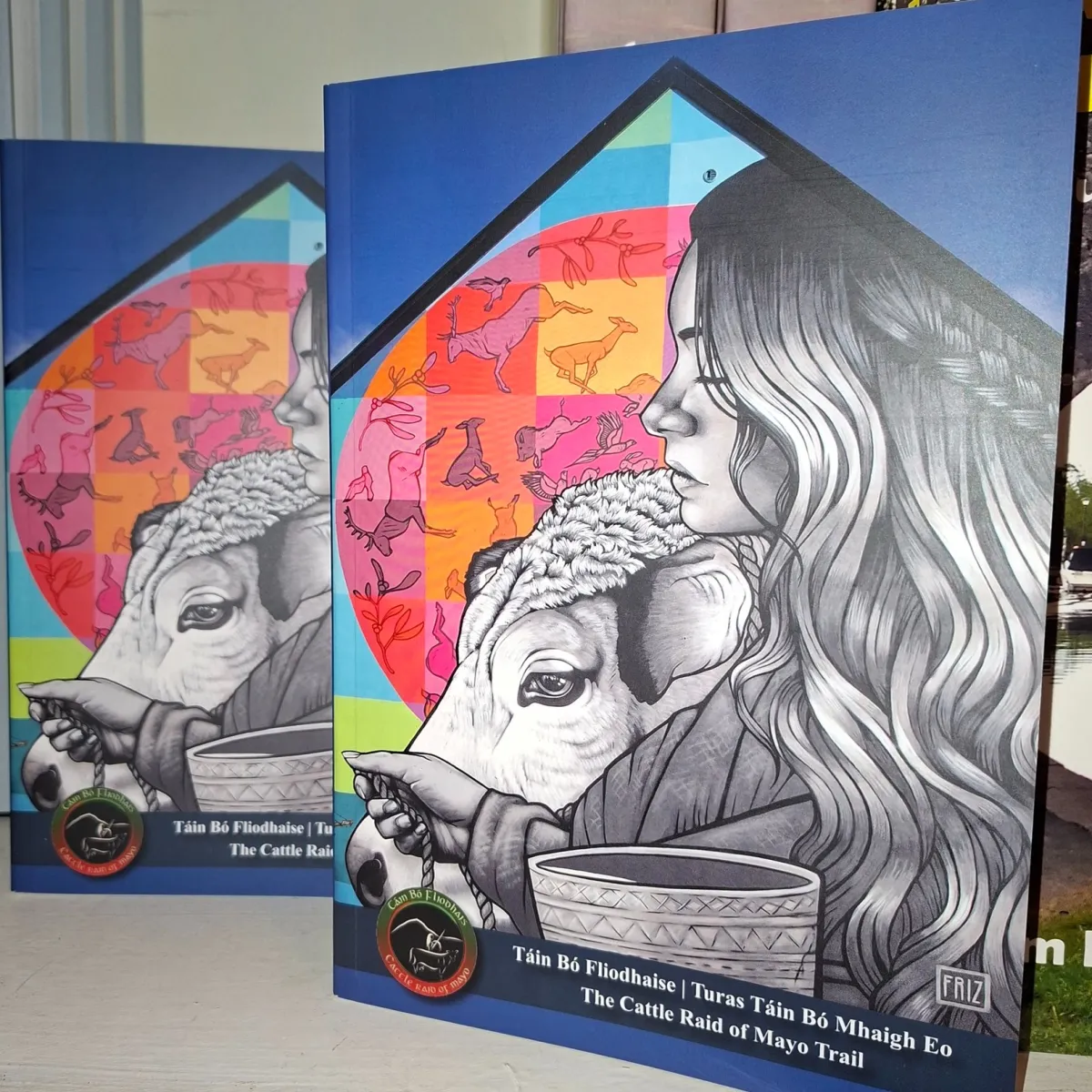
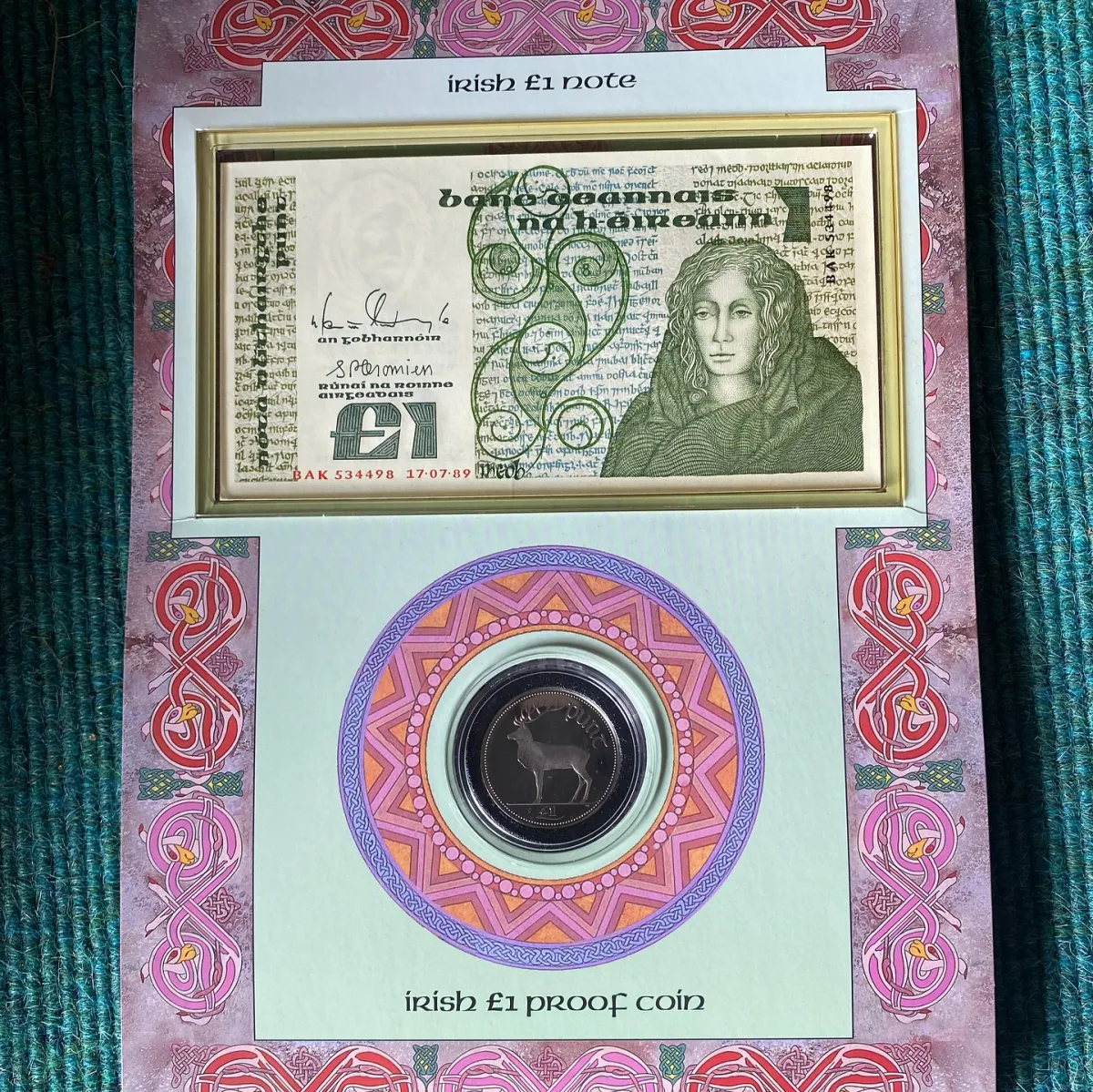
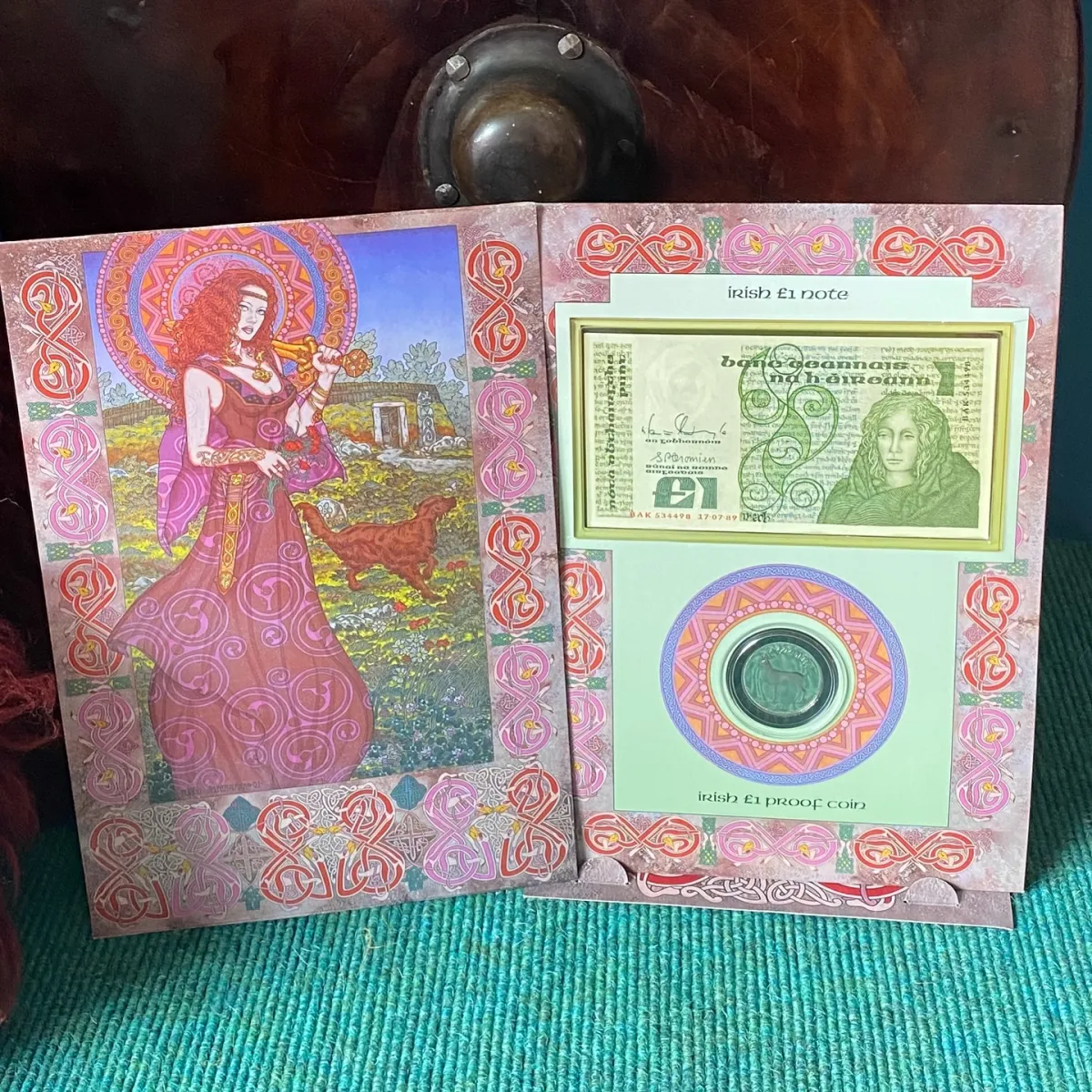
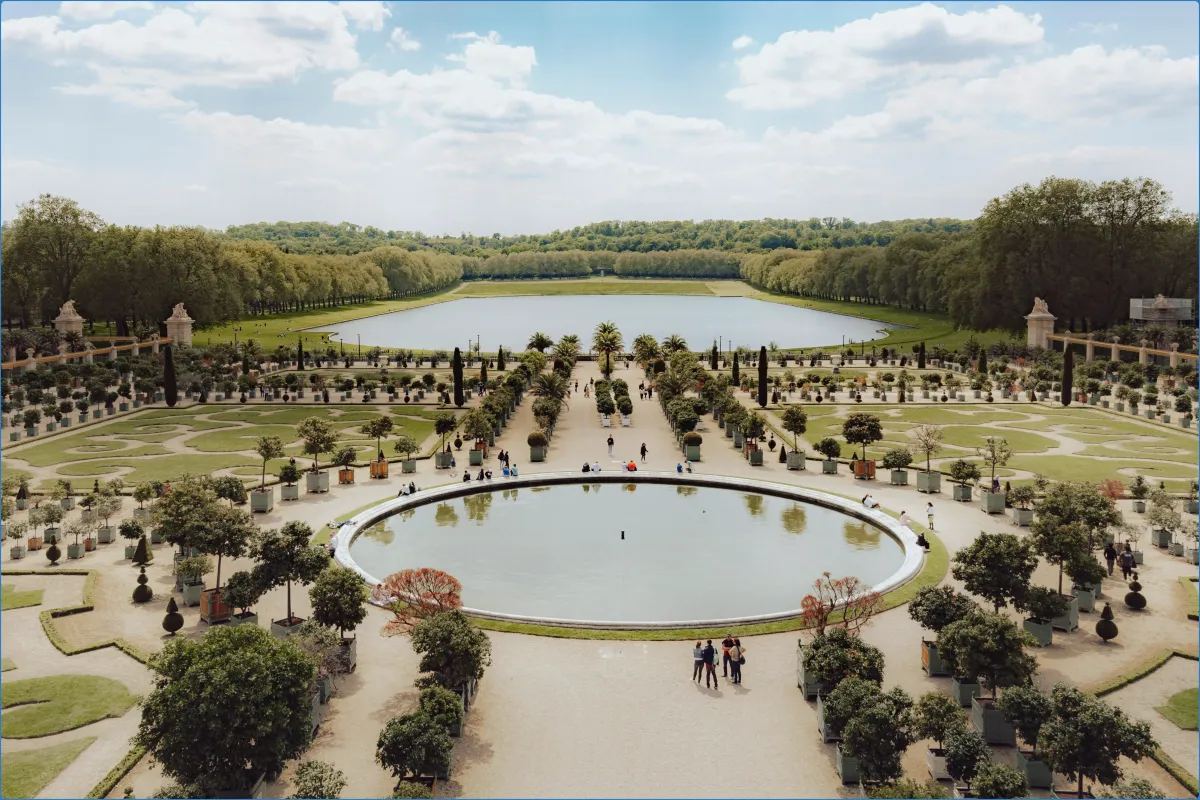
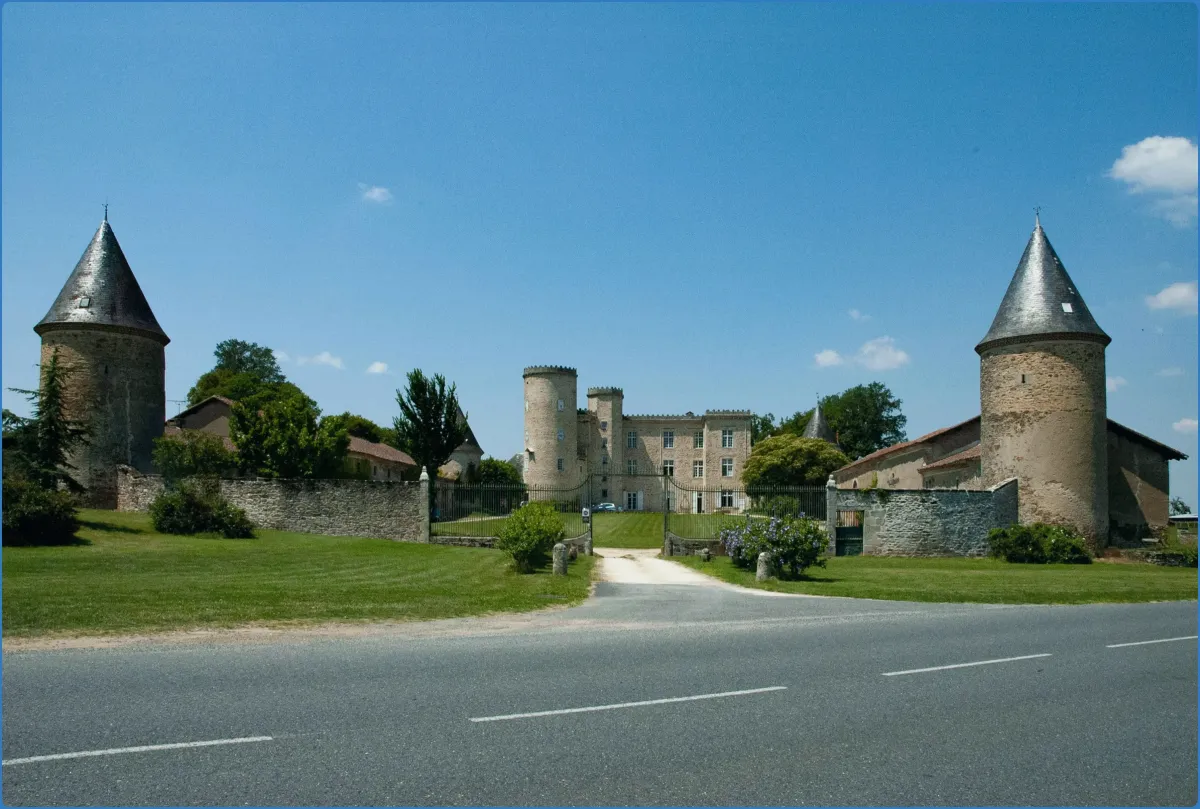
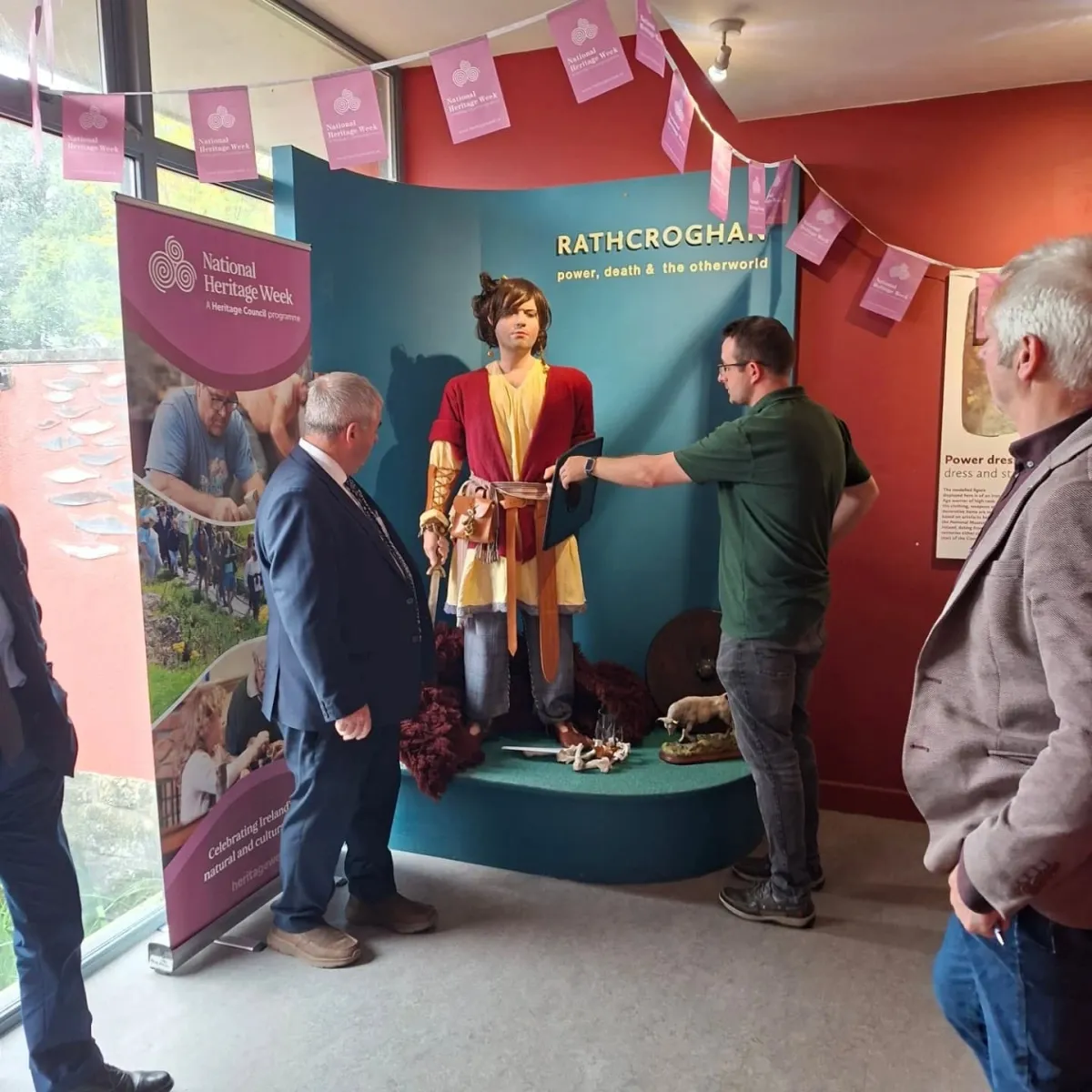
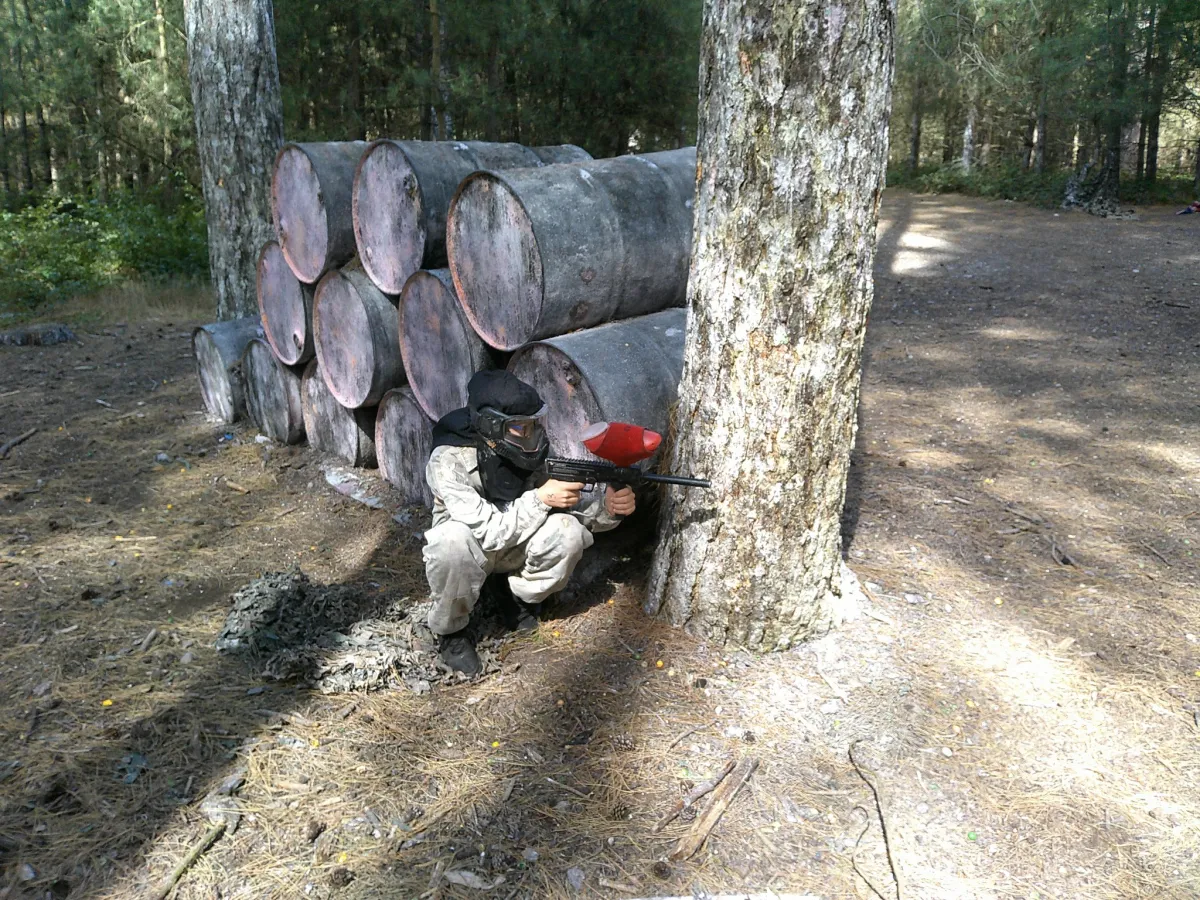

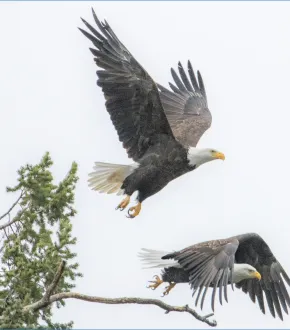
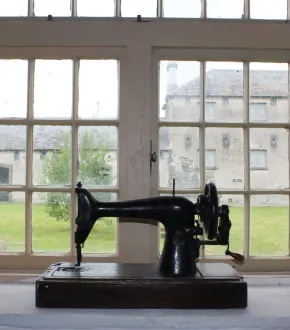
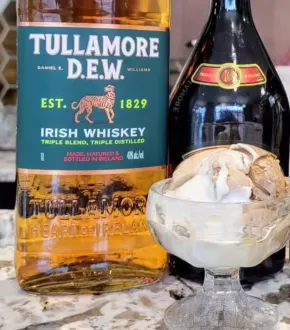
Comments